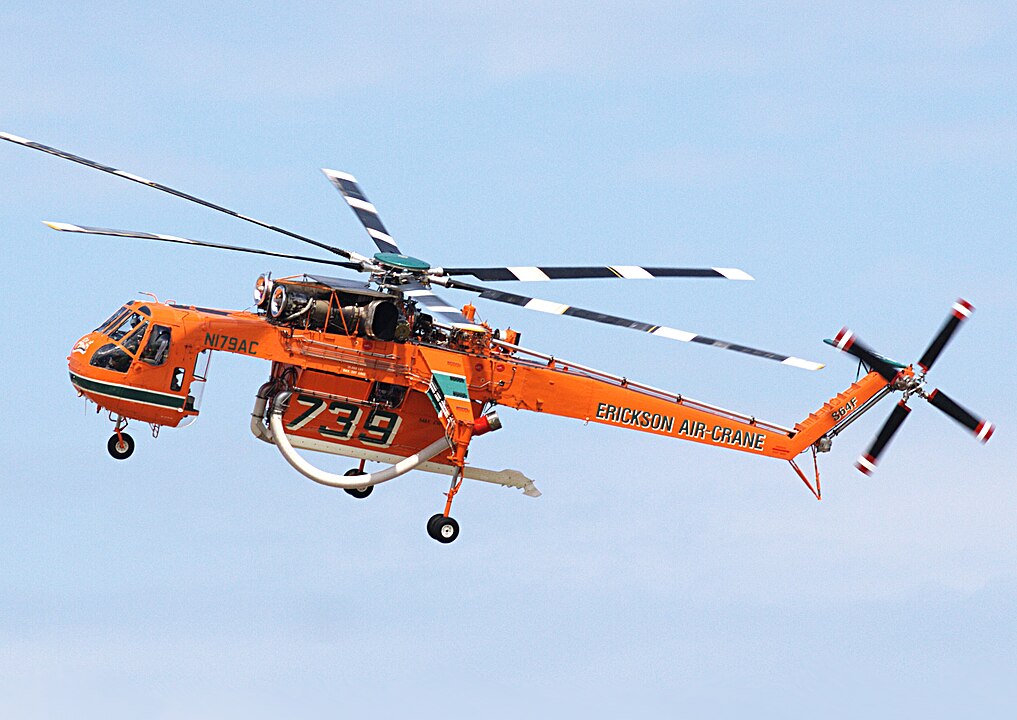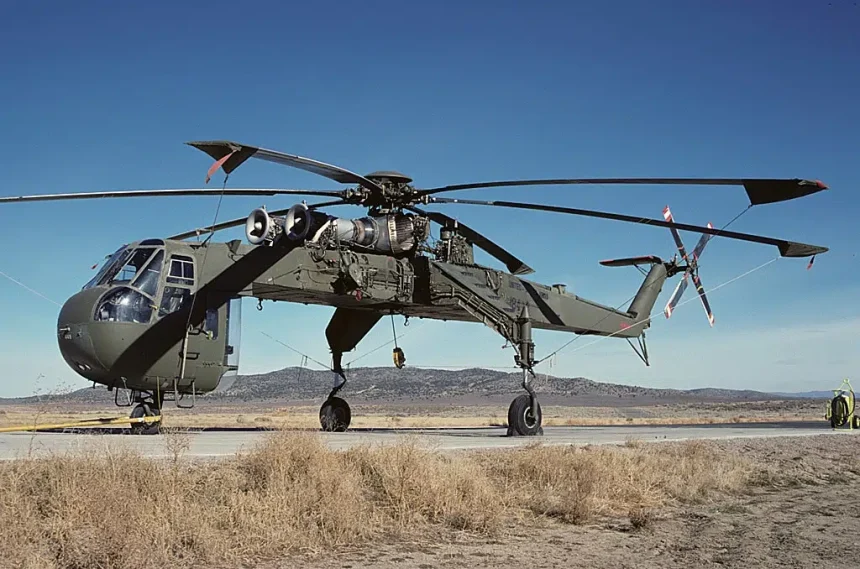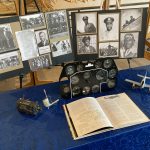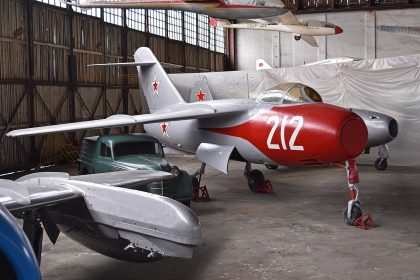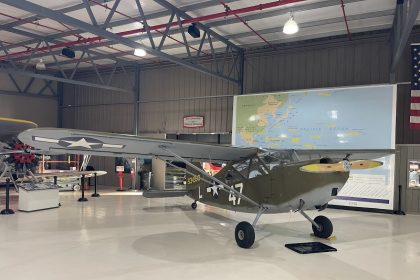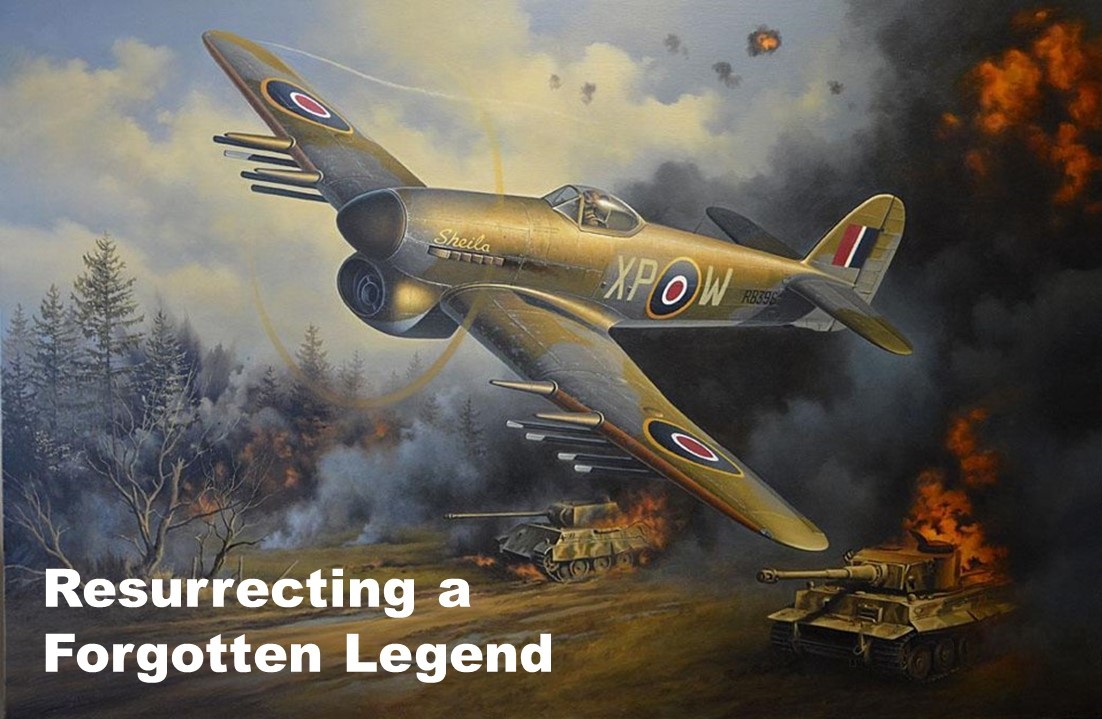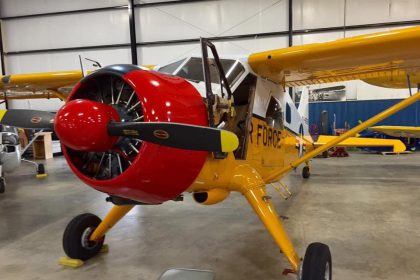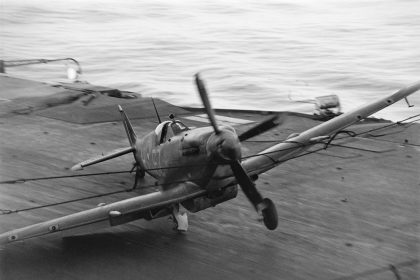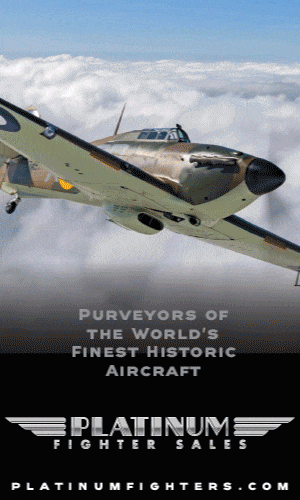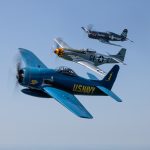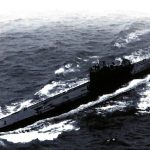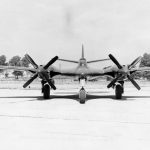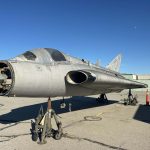On this day in aviation history, May 9, 1962, we mark the 63rd anniversary of the first flight of the Sikorsky CH-54 Tarhe. Designed as a heavy-lift helicopter powered by dual engines, the CH-54 earned the name “Tarhe,” after a chief of the Wyandot tribe—fittingly meaning “Crane” in the Wyandot dialect. True to its name, the aircraft’s unique skeletal appearance, with a large open midsection, allowed it to carry cargo slung beneath the fuselage.
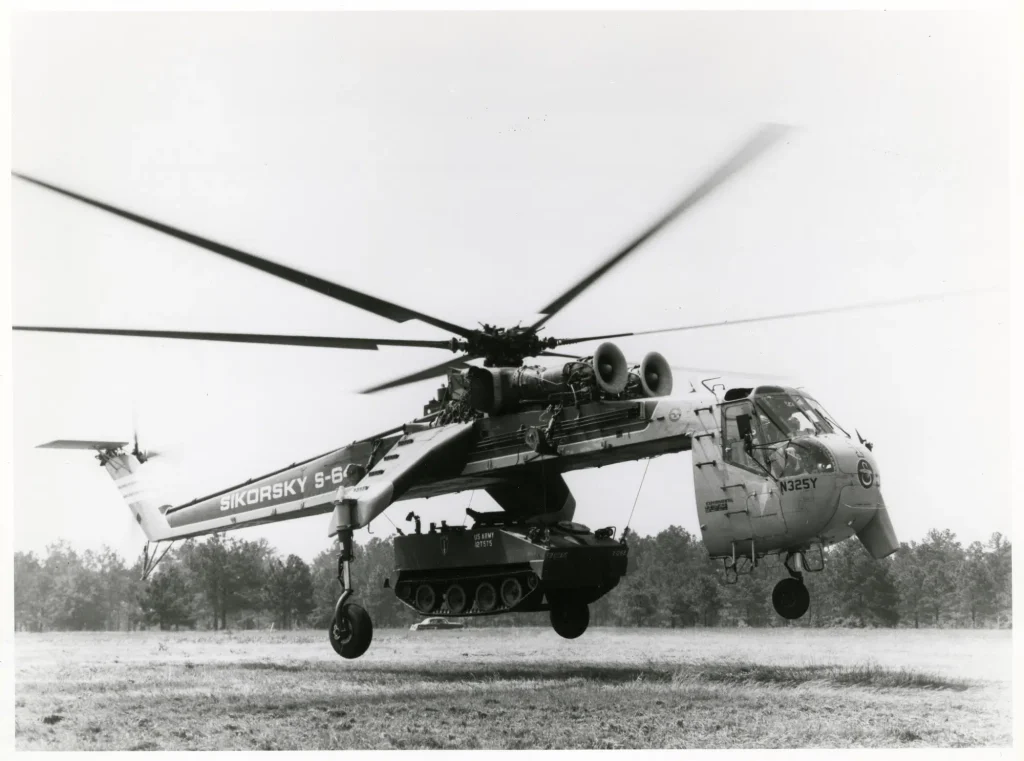
The concept of the “Skycrane” helicopter emerged in the late 1950s. Sikorsky had already explored similar configurations with the S-60 and CH-37 Mojave, but the CH-54 represented a significant advancement in power and capability. In 1962, the U.S. Army ordered six CH-54A helicopters, which introduced the use of a modular “people pod”—an interchangeable unit that could transport troops, act as a mobile hospital, or serve as a command post. This pod fit neatly into the CH-54’s open central frame.

The CH-54 quickly entered Army service and played a vital logistical role in the Vietnam War. Ultimately, 105 airframes were delivered to the Army. These versatile helicopters transported personnel, hauled heavy equipment, and performed a wide range of support missions. After the war, the CH-54 continued to serve with the National Guard, particularly in search and rescue operations and humanitarian relief.
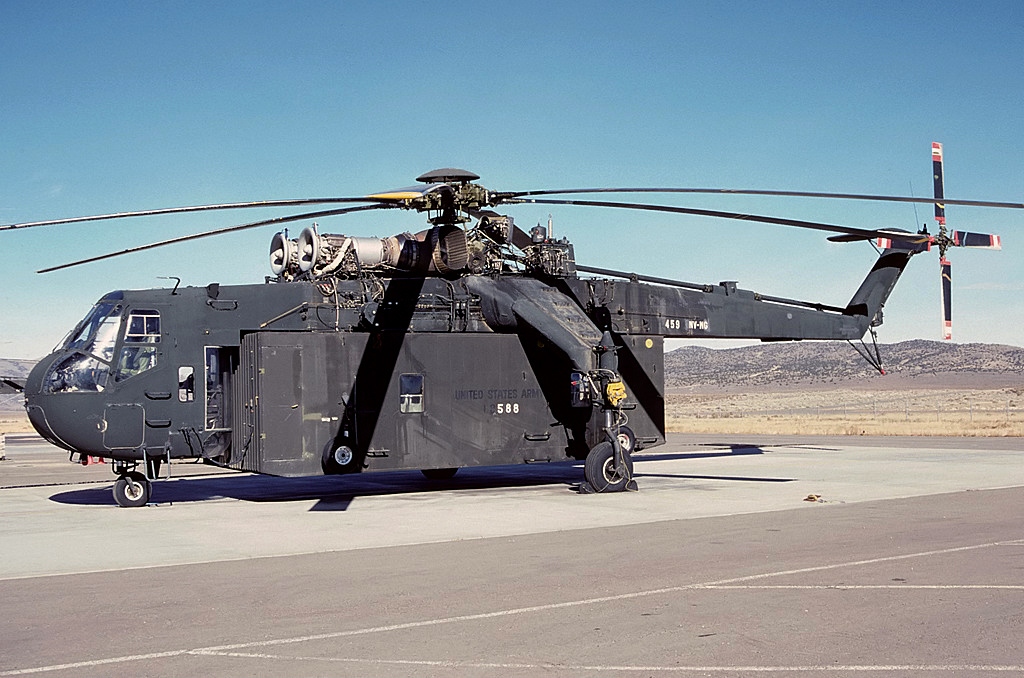
Powered by two Pratt & Whitney T73-P-700 turboshaft engines producing 4,800 shaft horsepower each, the CH-54 was operated by a crew of three and could lift up to 25,000 pounds of external cargo. It cruised at 120 mph and had a range of 200 nautical miles. While many CH-54s have since retired to museums, others continue to fly today, particularly in civilian roles such as aerial firefighting, a testament to their durability and legacy in heavy-lift aviation.
